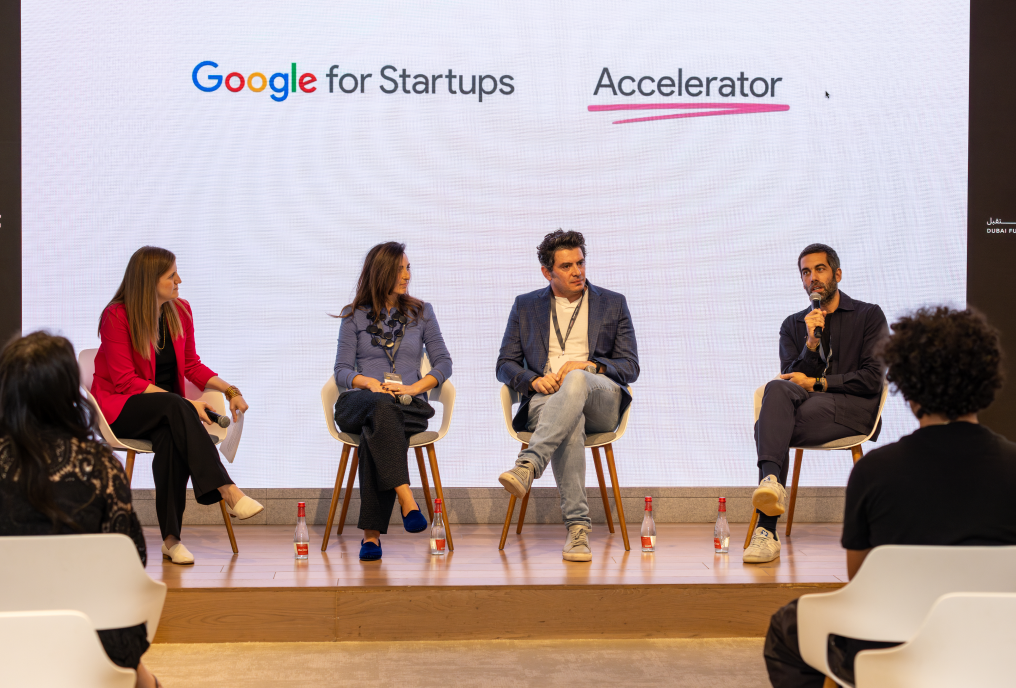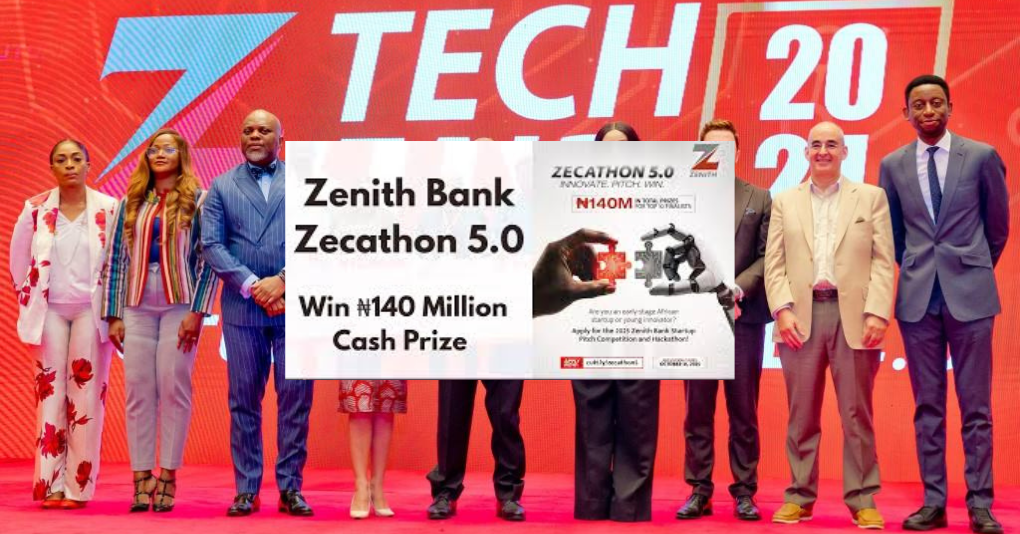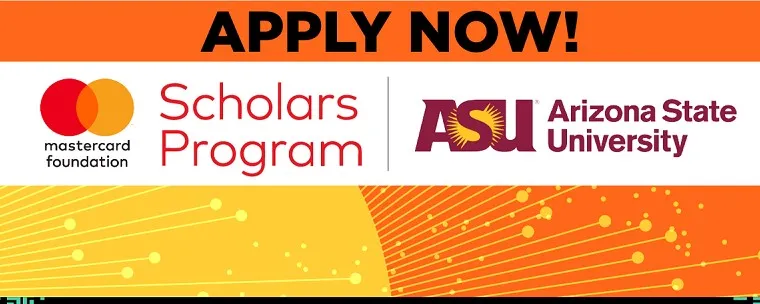In today’s competitive startup ecosystem, standing out is not easy. However, joining a top-tier accelerator can provide the fuel early-stage startups need to scale, refine, and dominate their target markets. If you’re eyeing such a program, it’s essential to understand what it takes to be selected. That’s where this comprehensive guide on Startup Accelerator Entry Criteria comes in.
Rather than guessing whether your startup fits the mold, read on for a detailed breakdown of what investors and accelerator programs are truly looking for, especially in AI-powered and machine learning ventures.
Why Entry Criteria Matter for Startups
Startup accelerator programs maintain a selective process for good reason. These programs invest time, capital, and network access, so they look for startups with high potential and serious commitment. Entry criteria help filter applicants to ensure each participant meets benchmarks for readiness, scalability, and strategic alignment. Rather than exclude, these standards guide founders toward what it takes to thrive in the program.
Traction and Stage: Where Should Your Startup Be?
Most accelerators seek startups that have moved beyond the idea stage. Ideally, your company should:
- Fall between Seed and Series A
- Show clear market traction
- Operate with a launched product or advanced MVP
- Collect early user feedback or generate initial revenue
This growth stage hits a sweet spot—your concept has already been validated, but your business still has space to scale, pivot, and align with product-market fit. Put simply: you should be building, testing, and learning in real time.
Is Your Product Scalable with a Large Market?
Accelerators don’t just look for cool ideas—they prioritize startups that address significant markets. Your solution should serve a large total addressable market (TAM) and rely on a scalable, defensible growth model.
Ask yourself:
- Can my solution expand across industries or geographies?
- Does it include network effects, data moats, or strong technical differentiators?
- Will my go-to-market strategy enable rapid, exponential growth?
If you answered yes, you’re already on the right track.
Technical Depth and Use of Emerging Technologies
Startups that stand out in accelerator applications typically demonstrate strong technical foundations. Many of them actively use advanced technologies such as:
- Machine Learning (ML)
- Artificial Intelligence (AI)
- Deep Learning
- Natural Language Processing (NLP)
- Computer Vision
These technologies shouldn’t just enhance your pitch—they should form the core of your value proposition and daily operations. Superficial use of tech won’t impress the reviewers.
Team Commitment: CTO or AI Lead Participation Matters
Even groundbreaking ideas need strong leadership. Accelerators expect your CTO or AI Lead to actively engage in all key program sessions—not just show up, but lead with insight and initiative.
Their involvement ensures:
- You can adjust your product roadmap with real-time technical input
- Your team makes quick, informed decisions
- Coaching and mentoring sessions translate into meaningful action
Without this level of commitment, your application may fall behind more engaged contenders.
An Open Call to All Qualified Startups
Accelerators thrive on innovation, diversity, and global inclusion. That’s why the program encourages applications from all qualified startups, regardless of background, location, or team composition.
To build truly inclusive cohorts:
- Founders from underrepresented communities are encouraged to apply
- Female-led and non-traditional teams are warmly welcomed
- Startups in climate tech, healthtech, agri-tech, and social impact—especially those leveraging AI receive equal consideration
This isn’t just a checkbox, it’s a real commitment to fostering equity in the innovation ecosystem.
Mark Your Calendar: Key Program Dates
To make planning easier, here are the essential dates you should keep in mind:
| Milestone | Date |
| Application Opens | June 15, 2025 |
| Deadline to Apply | August 5, 2025 |
| Finalist Interviews | August 15–20, 2025 |
| Program Kickoff | September 10, 2025 |
| Demo Day | December 12, 2025 |
Make sure to prepare early, because—as with all opportunities—the early bird gets the funding.
Quick Checklist Before You Apply
Before hitting “submit”, make sure you meet these accelerator criteria:
- ✅ Between Seed and Series A stage
- ✅ Demonstrated product-market traction
- ✅ Leveraging deep tech such as AI or ML
- ✅ Scalable product with a significant TAM
- ✅ CTO/AI Lead available for full participation
- ✅ Passionate and diverse founding team
If you’ve ticked off all these boxes, there’s no reason to hold back. APPLY HERE
Conclusion
Applying to a prestigious startup accelerator may be the smartest move you make this year. That said, understanding and meeting the Startup Accelerator Entry Criteria is essential to ensure you’re not just applying, but getting accepted. Programs want to work with innovative, committed, and market-ready startups, particularly those driving real impact with deep tech.
Now that you have clarity, what are you waiting for? Start preparing your pitch deck, showcase your traction, and submit that application. Your next phase of hyper-growth starts here.




